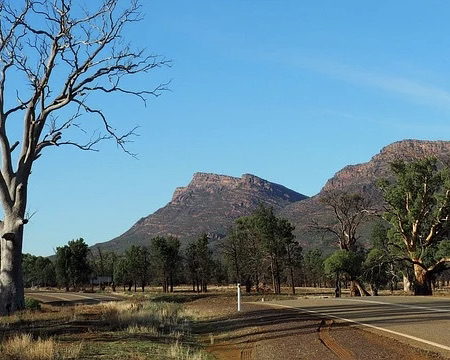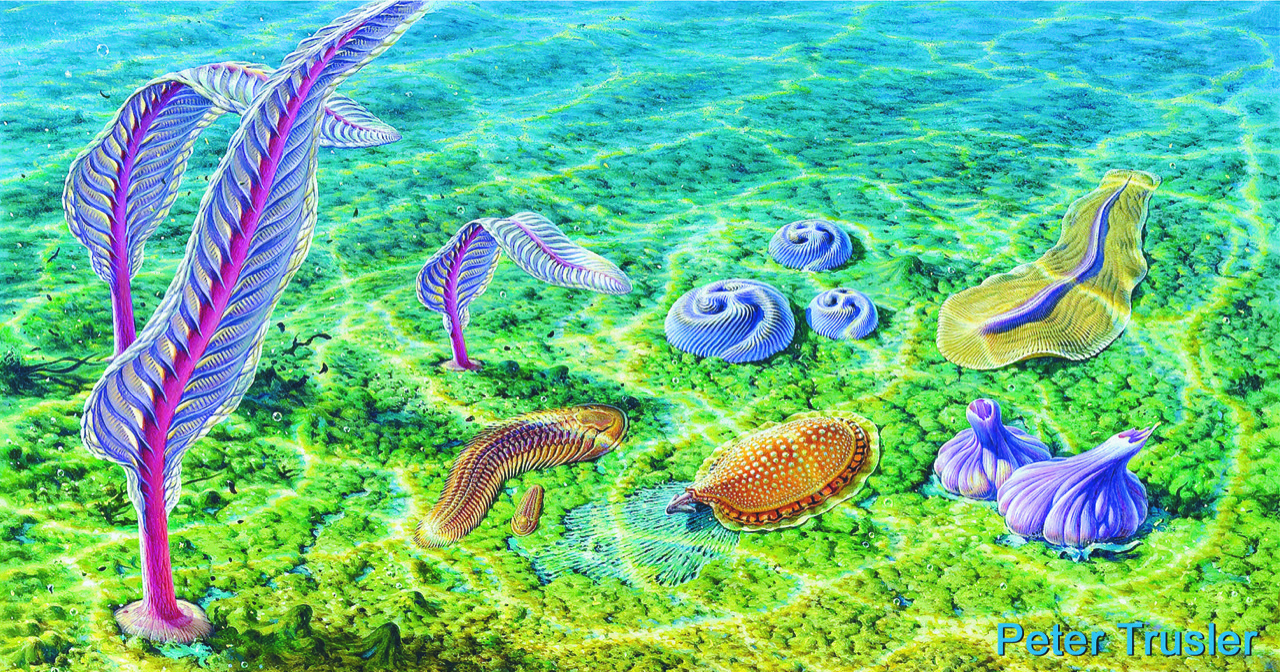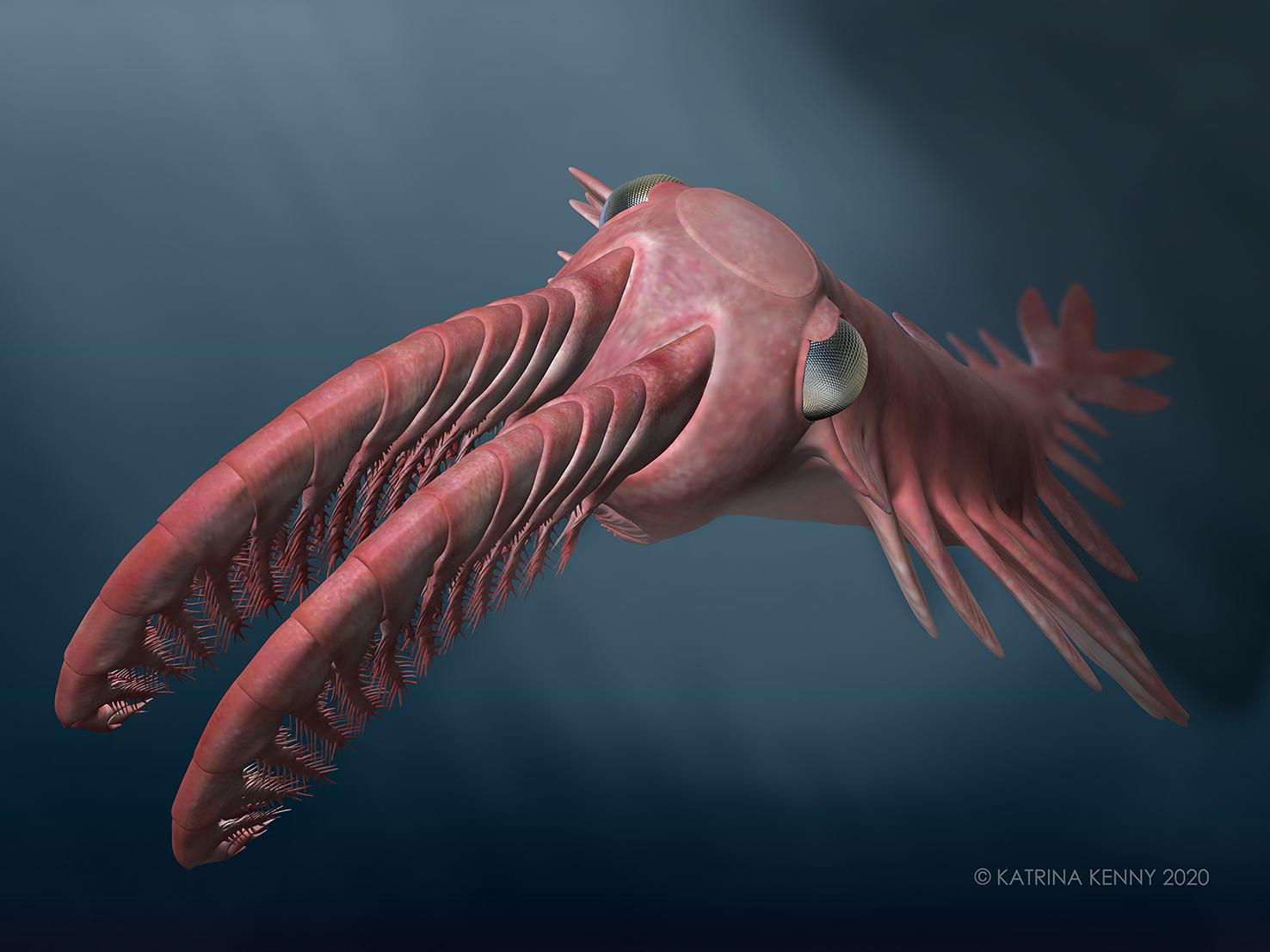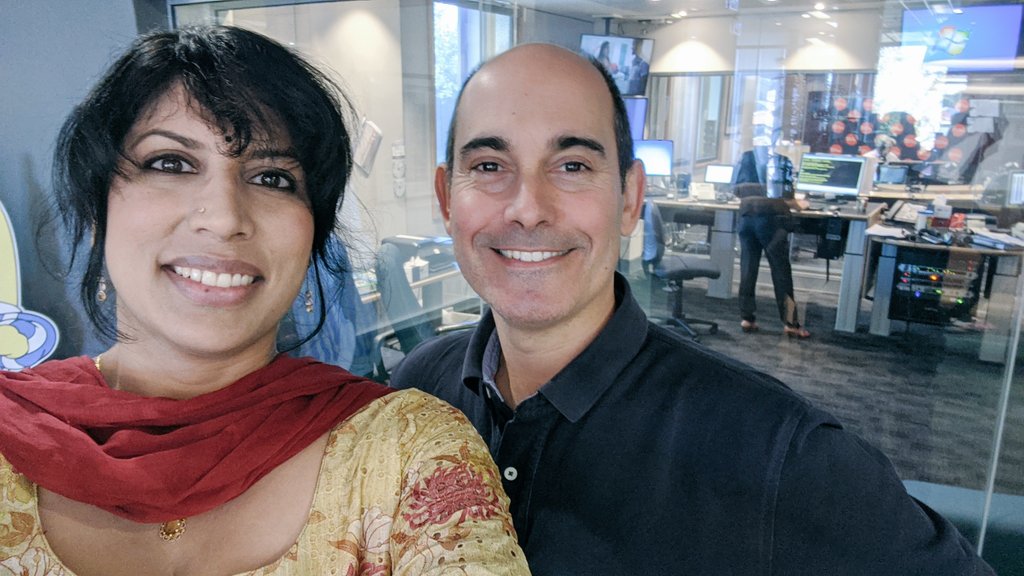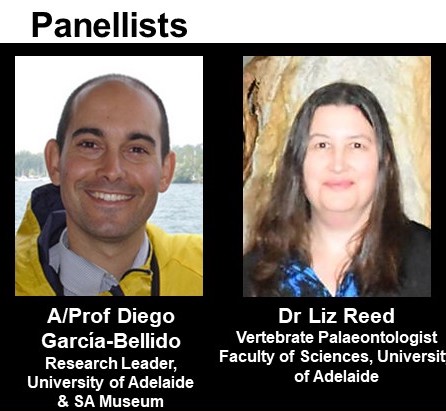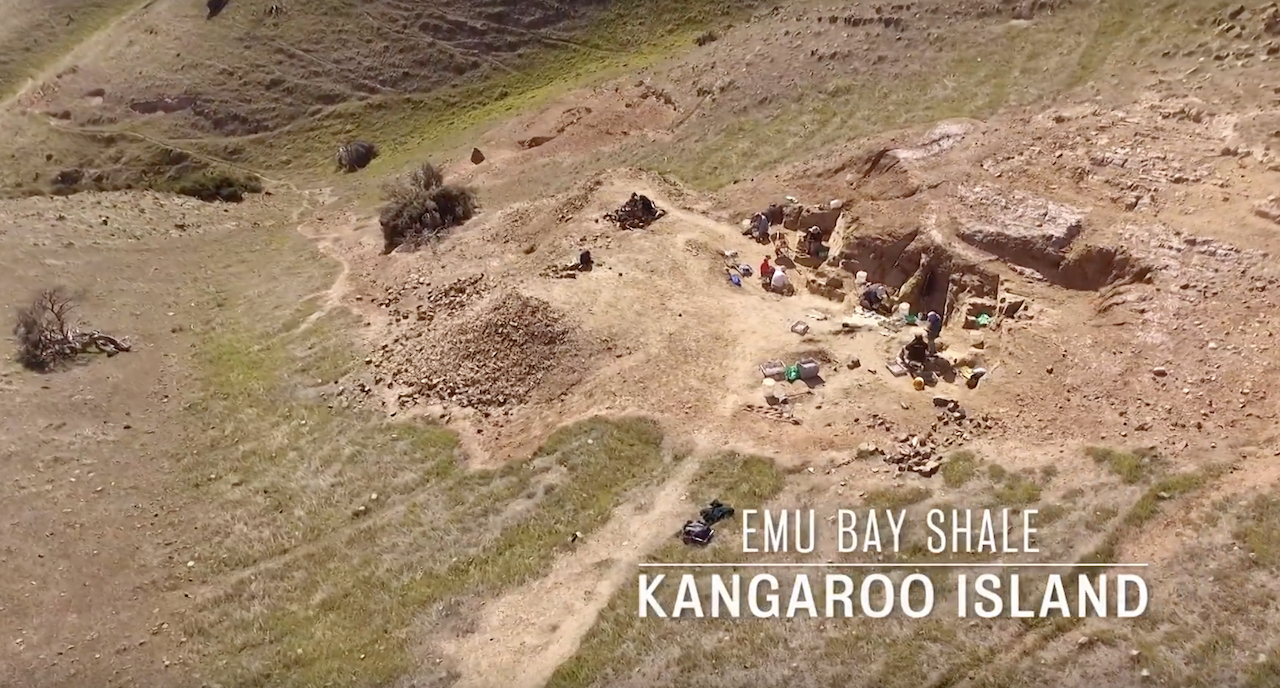BLOGS WEBSITE
TAG: Diego Garcia-Bellido
Flinders Ranges could be the next World Heritage site
South Australia has taken a significant step in gaining World Heritage status for parts of the Flinders Ranges after the nomination was placed on Australia’s Tentative List for World Heritage. The Tentative Listing means the Flinders Ranges are a step closer to joining an illustrious club across the world which includes places such as Yosemite […]
Comments Off on Flinders Ranges could be the next World Heritage site
555 million-year-old fossils reveal early feeding strategies
An international team of researchers has shed light on the feeding mode of Pentaradial Arkarua, a strange, alien-like creature. This creature inhabited tropical, shallow waters covering the Flinders Ranges of South Australia 555 million years ago according to the collaborative team involving South Australian Museum and Environment Institute’s Associate Professor Diego C. García-Bellido, several European institutions. Their […]
Freaky ‘frankenprawns’: ancient deep sea monsters called radiodonts had incredible vision that likely drove an evolutionary arms race
Deep sea animals can be the stuff of nightmares. Many inhabit the ocean’s twilight zone (down to 1,000 metres depth), where sunlight has virtually disappeared, and have adapted their vision to this dark alien world. Evolution gave them large, complex eyes to see in dim light — examples include the Vampire Squid, Sloane’s Viperfish, and various predatory crustaceans. […]
Comments Off on Freaky ‘frankenprawns’: ancient deep sea monsters called radiodonts had incredible vision that likely drove an evolutionary arms race
Incredible vision in ancient marine creatures drove an evolutionary arms race
Ancient deep sea creatures called radiodonts had incredible vision that likely drove an evolutionary arms race according to new research. The international study, led by Professor John Paterson from the University of New England’s Palaeoscience Research Centre, in collaboration with the University of Adelaide, the South Australian Museum and The Natural History Museum (UK), found […]
Comments Off on Incredible vision in ancient marine creatures drove an evolutionary arms race
A/Prof Diego Garcia-Bellido joins digital school holiday program at SA Museum
Bringing life to the Ediacaran period, A/Prof Diego Garcia-Bellido takes children through the wonderment of exhibits in the SA Museum. On day three of the ‘Wonders from the Earth’ digital school holiday program, A/Prof Diego Garcia-Bellido travels back in time 550 million years to explore Ediacaran fossils, which are the oldest known complex forms of life on […]
Comments Off on A/Prof Diego Garcia-Bellido joins digital school holiday program at SA Museum
ABC Adelaide interviews Assoc. Prof. Diego García-Bellido
A love and dedication to South Australian fossils will be shared at Science in the Pub. This week, Diego was interviewed by David Bevan about the upcoming, sold out Science in the Pub event he will be speaking at. He says the lack of forest in South Australia allows the exposure of rocks, making our state the perfect place […]
Comments Off on ABC Adelaide interviews Assoc. Prof. Diego García-Bellido
Science in the Pub: South Australian Fossils in the Story of Life
Environment Institute researchers will be speaking at the first Science in the Pub event for 2020. In this event you will find out how Australian fossils inform the rest of the world about evolution, over the last half a billion years! Date: Friday 7th February 2020 Time: 6:00pm – 7:30pm (doors will be open from 5:30 pm for […]
Comments Off on Science in the Pub: South Australian Fossils in the Story of Life
Kangaroo Island Excavation Reveals Two New Organisms!
The Environment Institute’s Associate Professor Diego García-Bellido (@DGarcia-Bellido) from the Sprigg Geobiology Centre has just returned from another successful excavation of the Emu Bay Shale, the 515 million-year-old fossil site in Kangaroo Island. This season’s dig has produced new specimens of exquisitely-preserved Anomalocaris fossil eyes, and at least two new organisms, which are awaiting scientific description. […]
Comments Off on Kangaroo Island Excavation Reveals Two New Organisms!
Fossil find uncovers our ancient past
The ancient history of Earth is always fascinating. The fossil record shows creatures that once roamed, habitats that are now lost and describe an Earth that is both foreign and familiar. Research that uncovers more about our ancient land are compelling, like the latest from Dr Diego Garcia-Bellido. Garcia-Bellido and co-workers uncovered fossils in South Australia, […]
Comments Off on Fossil find uncovers our ancient past
Fossils found reveal unseen ‘footprint’ maker
Fossils found in Morocco from the long-extinct group of sea creatures called trilobites, including rarely seen soft-body parts, may be previously unseen animals that left distinctive fossil ‘footprints’ around the ancient supercontinent Gondwana. The trilobites were a very common group of marine animals during the 300 million years of the Palaeozoic Era with hard, calcified, […]
Comments Off on Fossils found reveal unseen ‘footprint’ maker

